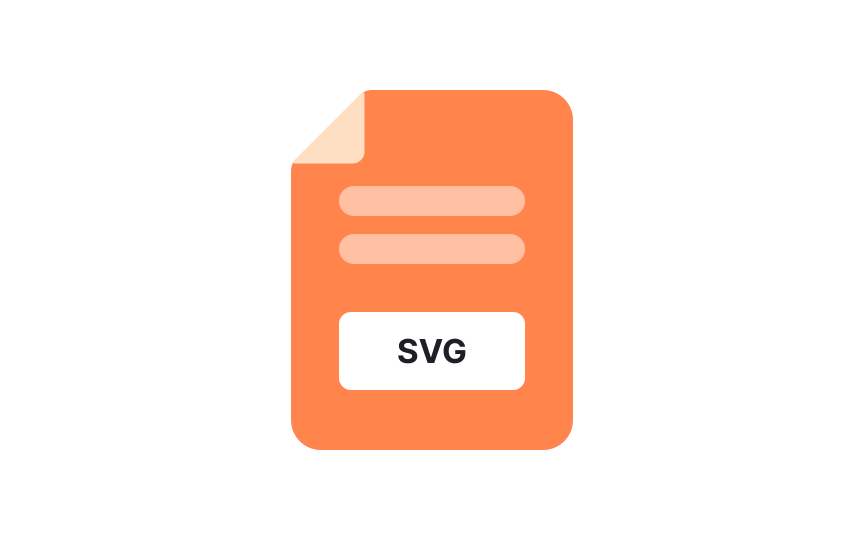SVG icons
Nowadays, users can access your content via various devices, and the icons must be optimized and crisp regardless of the device. Vector-based SVG icons are the perfect candidates for delivering high-quality results.
There are several advantages to using SVGs:
- Easily scaled without quality loss
- Optimized for search engines
- Can be edited (like color or size) directly in CSS
- Can be easily animated
SVGs can be made accessible by adding labels and descriptions that help screen readers understand the content. This makes them a good choice for users with disabilities. However, some older browsers don’t fully support SVGs, which can limit access for people using those browsers. In addition, SVGs aren't suitable for complex, detailed images as they overload the code, causing the page to load slowly.
Icon fonts are also vector-based and even smaller in size. However, browsers treat icon fonts as text and apply text anti-aliasing rules to them. This practice of smoothing the edges of fonts makes fonts more readable but may affect icons. If you want to avoid it, SVGs should be your choice.[1]
References
- What Are SVG Icons: Scale Them AND Keep the Quality | Flat Icons


